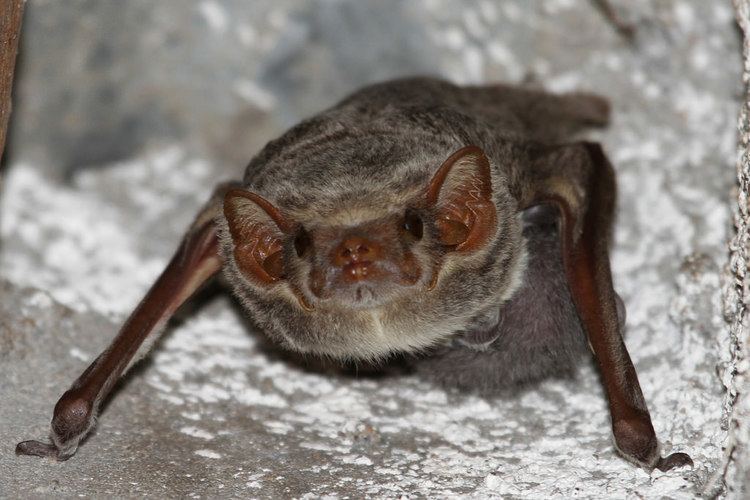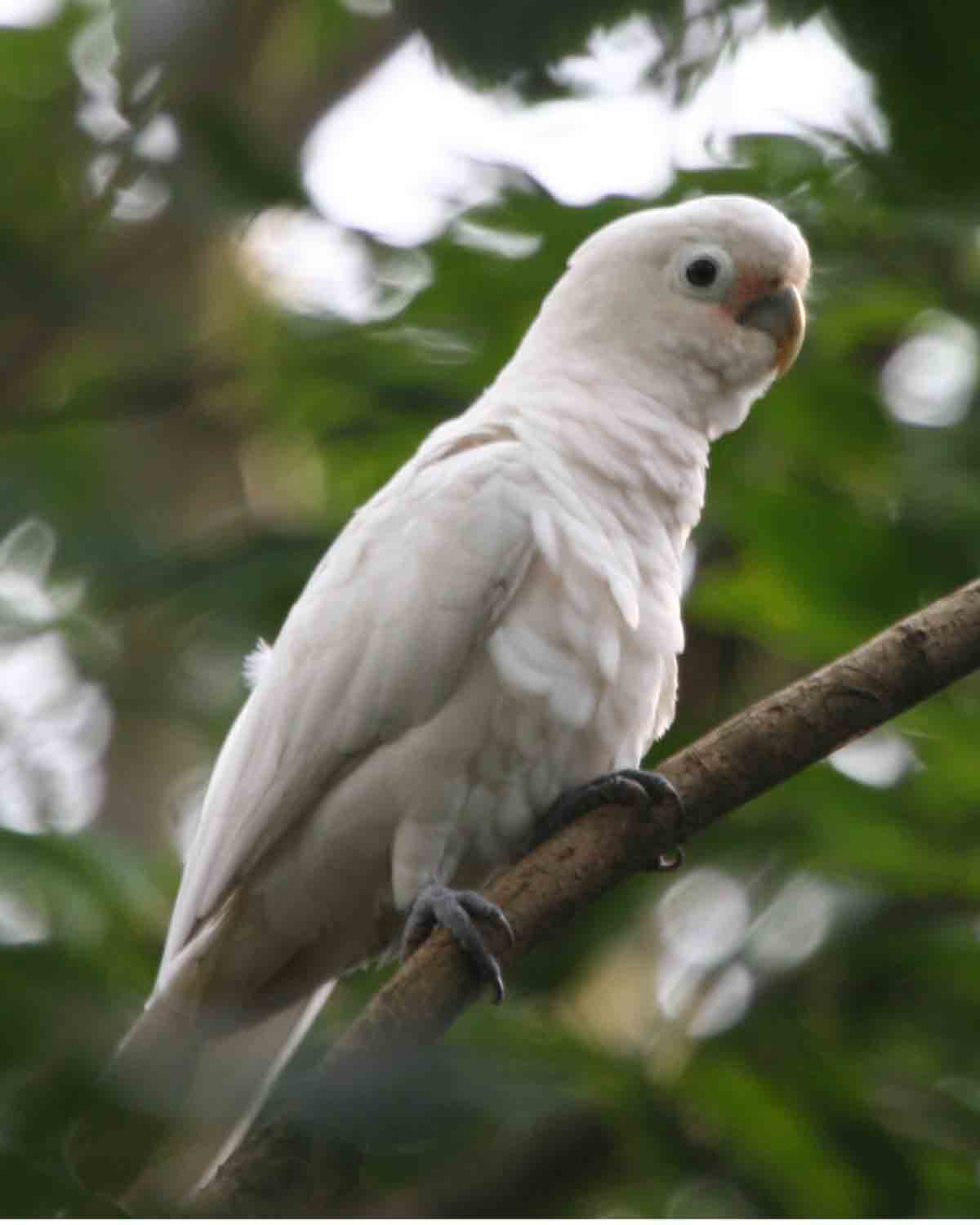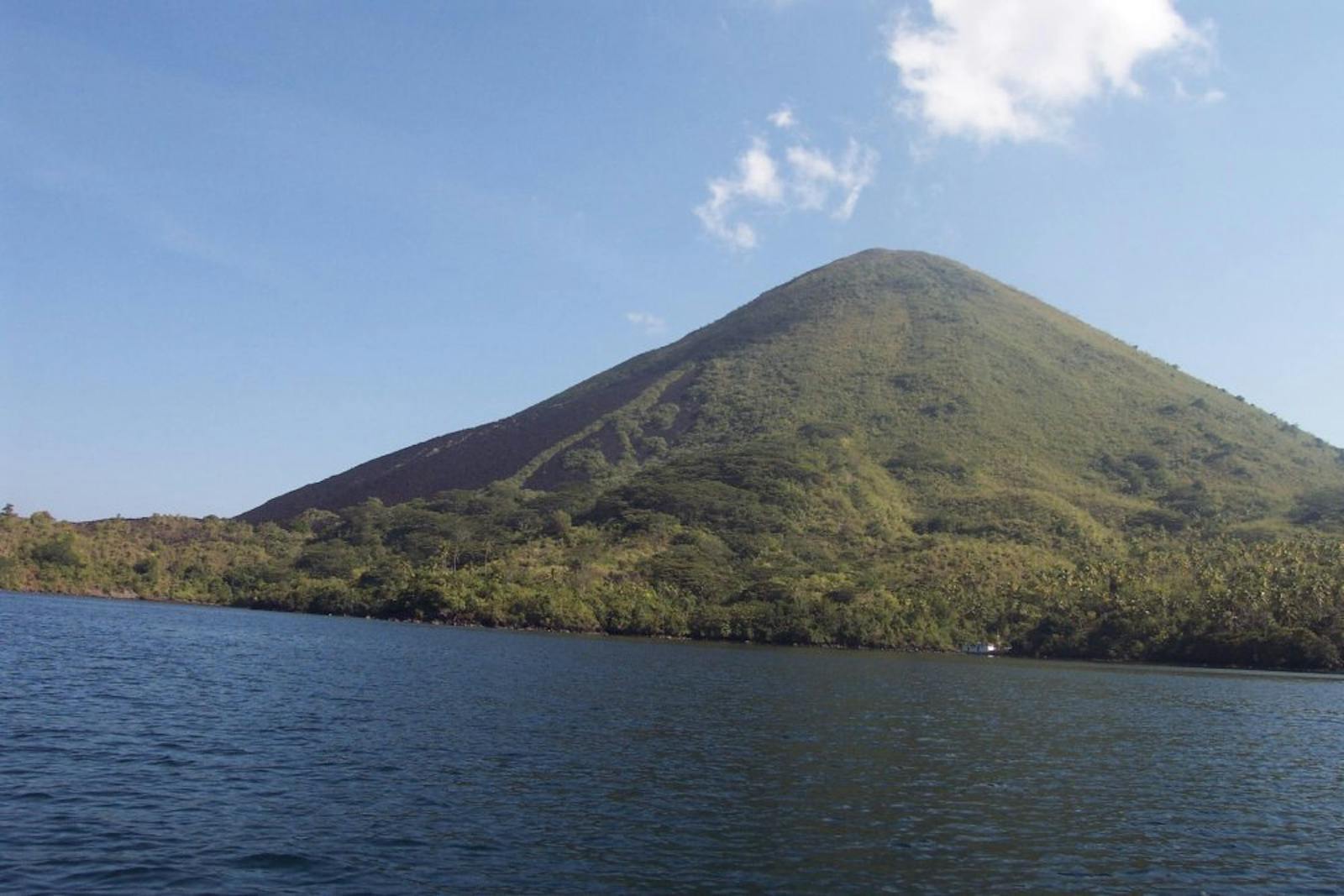Banda Sea Islands Moist Deciduous Forests
The ecoregion’s land area is provided in units of 1,000 hectares. The conservation target is the Global Safety Net (GSN1) area for the given ecoregion. The protection level indicates the percentage of the GSN goal that is currently protected on a scale of 0-10. N/A means data is not available at this time.
Bioregion: Sulawesi & Maluku Islands (AU14)
Realm: Australasia
Ecoregion Size (1000 ha):
754
Ecoregion ID:
136
Conservation Target:
83%
Protection Level:
2
States: Indonesia
The Banda Sea Islands Moist Deciduous Forests ecoregion supports 21 bird species found nowhere else on Earth, a remarkable number for an archipelago of small islands. Because most of the islands are small and uninhabitable save for some coastal fishing villages, the forests are still largely intact. Nonetheless, the endemic bird populations are threatened by the rats and cats that have been introduced onto the islands and by passing fishermen who raid nests and collect their eggs for sale.

The flagship species of the Banda Sea Islands Moist Deciduous Forests ecoregion is the Indonesian tomb bat. Image credit: Creative Commons
The ecoregion is comprised of several islands scattered along an arc between the large islands of Timor-Leste and Papua New Guinea in the Pacific Ocean. A glance at the map very clearly shows that the islands lie along two arc-shaped submarine ridges, known as the Banda Arc. The origin of this 1,000 km-long undersea geological feature has been a subject of debate by geologists for years. The most recent theory is that it is the result of a convergence and collision of three major tectonic plates—India-Australia, Eurasia, Pacific—in a complex process. The region is still tectonically active, with active volcanoes and frequent earthquakes. The volcanic activity occurs along the inner arc, giving rise to the islands there; the islands on the outer arc belong to the more stable tectonic plate, but are on a fault line susceptible to earthquakes.
The climate is tropical with little variability in temperature, averaging around 25°C throughout the year. There is a rainy season from May to September, but the rest of the year is dry and salubrious.
The forests are a mix of evergreen rain forest, semi- evergreen rain forest, moist deciduous forest, and dry deciduous forest, depending on the slopes and aspect they face. The trees are represented by Australo-Melanesian species. The spices nutmeg and mace, for which these islands were known historically, are produced by the seed of Myristica fragrans, a large, famous tree on these islands.

Tanimbar corella. Image credit: Lip Kee Yap, Creative Commons
The islands are situated in the region known as Wallacea, which is a transition zone between Asian and Australia fauna . The mammal fauna consists of 22 species, with both Asian and Australasian affinities. Two endemic species of bats are known from here: the Moluccan mouse-eared bat and Indonesian tomb bat. The dusky wallaby is the only kangaroo found on the Banda Sea islands and represents the Australian fauna.
The ecoregion is better known for its bird fauna. Over 225 birds have been recorded. Together with Halmahera, Buru, and Seram islands, this ecoregion boasts the highest number of endemic birds in Asia, and perhaps even anywhere in the world. Even the smallest, uninhabited islands along the archipelago are important breeding sites for large numbers of seabirds such as frigate birds, tropicbirds, boobies, and terns.

Blue streaked lory. Image credit: Doug Janson, Creative Commons
The forests are still largely intact, with the largest patches being on the island Yamdena in the Tanimbars. The 2,420 km2 Pulau Nustaram Nature Reserve offers protection to these forests.
The priority conservation actions for the next decades are to: 1) protect seabird breeding colonies from egg collectors through monitoring and awareness programs; 2) control and eradicate rat and cat populations that are impacting the birds and nesting sites; and 3) develop and implement long-term management plans for currently intact forests.
Citations
- Government of the Republic of Indonesia. The fifth national report of Indonesia to the Convention on Biological Diversity. Ministry of Environment and Forestry of Indonesia. 2014.
- Wikramanayake, E, E. Dinerstein, et al. 2002. Terrestrial Ecoregions of the Indo-Pacific: A Conservation Assessment. Island Press.
- CEPF. Ecosystem Profile. Wallacea Biodiversity Hotspot. 2014.



